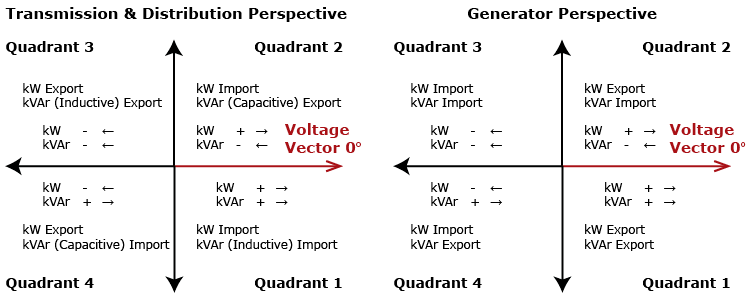jaggedben
Senior Member
- Location
- Northern California
- Occupation
- Solar and Energy Storage Installer
Also, before this gets too off track, maybe we should let @coop3339 clarify what he meant by that.I'm not clear on that means, what is 'an easier time'?

